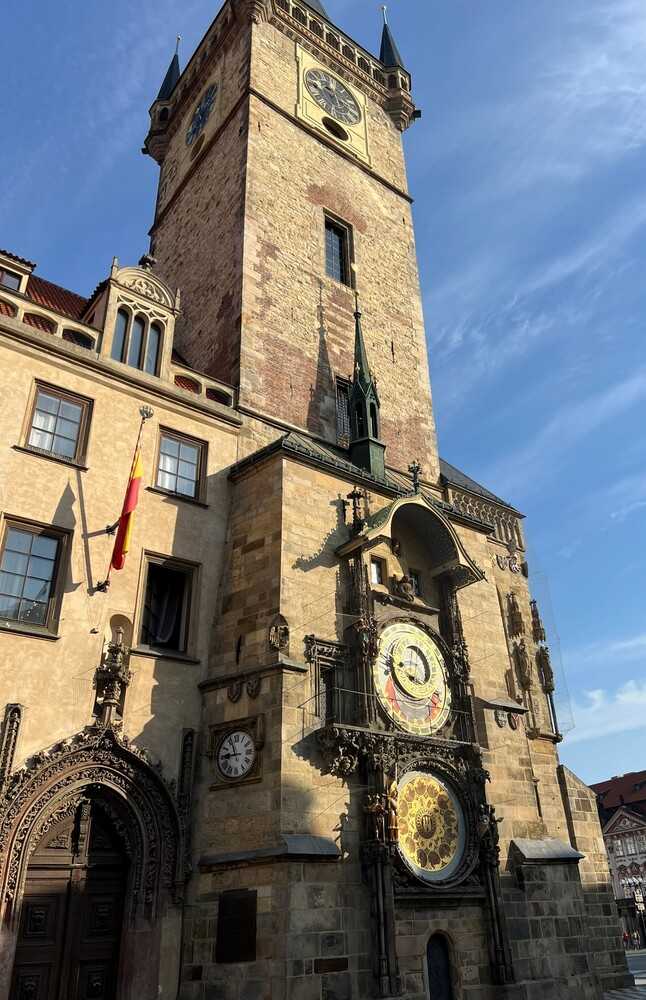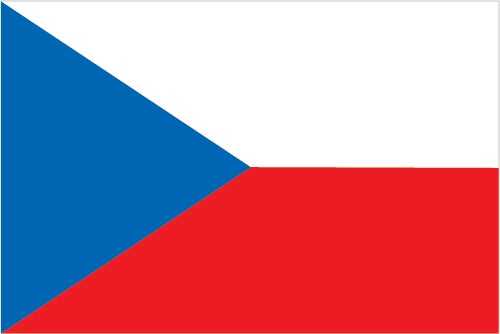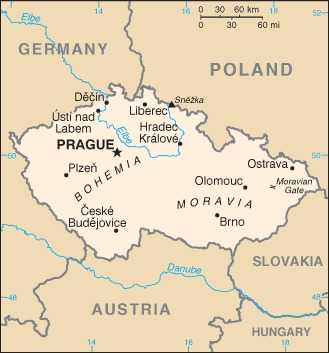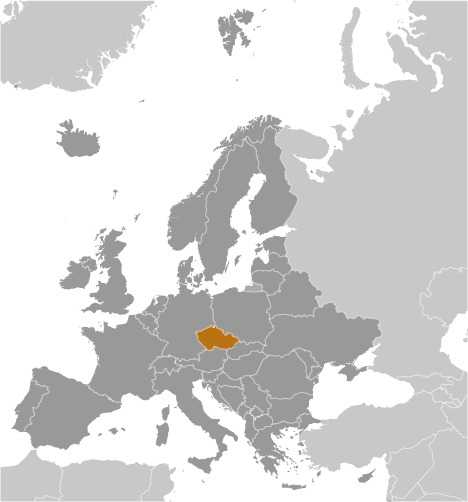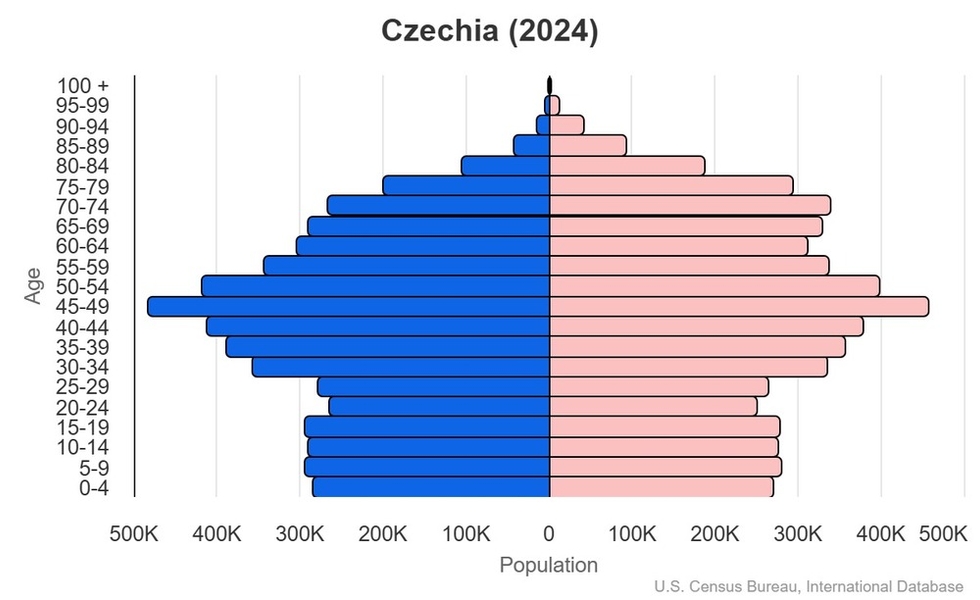Introduction
Visit the Definitions and Notes page to view a description of each topic.
Geography
People and Society
Population
comparison rankings: total 86; male 88; female 85
Languages
Median age
comparison ranking: total 31
Population growth rate
comparison ranking: 190
Birth rate
comparison ranking: 190
Death rate
comparison ranking: 17
Net migration rate
comparison ranking: 40
Maternal mortality ratio
comparison ranking: 187
Infant mortality rate
comparison ranking: total 214
Life expectancy at birth
comparison ranking: total population 76
Total fertility rate
comparison ranking: 154
Obesity - adult prevalence rate
comparison ranking: 46
Alcohol consumption per capita
comparison ranking: total 3
Tobacco use
comparison ranking: total 32
Education expenditure
comparison ranking: Education expenditure (% GDP) 88
Environment
Carbon dioxide emissions
comparison ranking: total emissions 47
Government
Economy
Real GDP (purchasing power parity)
comparison ranking: 48
Real GDP growth rate
comparison ranking: 173
Real GDP per capita
comparison ranking: 43
Inflation rate (consumer prices)
comparison ranking: 66
GDP - composition, by sector of origin
comparison rankings: agriculture 163; industry 54; services 93
Industrial production growth rate
comparison ranking: 148
Labor force
comparison ranking: 79
Unemployment rate
comparison ranking: 25
Youth unemployment rate (ages 15-24)
comparison ranking: total 135
Gini Index coefficient - distribution of family income
comparison ranking: 143
Taxes and other revenues
comparison ranking: 108
Current account balance
comparison ranking: 35
Reserves of foreign exchange and gold
comparison ranking: 23
Energy
Electricity
comparison rankings: installed generating capacity 48; consumption 47; exports 11; imports 17; transmission/distribution losses 138
Energy consumption per capita
comparison ranking: 28
Communications
Telephones - fixed lines
comparison ranking: total subscriptions 65
Telephones - mobile cellular
comparison ranking: total subscriptions 79
Broadband - fixed subscriptions
comparison ranking: total 42
